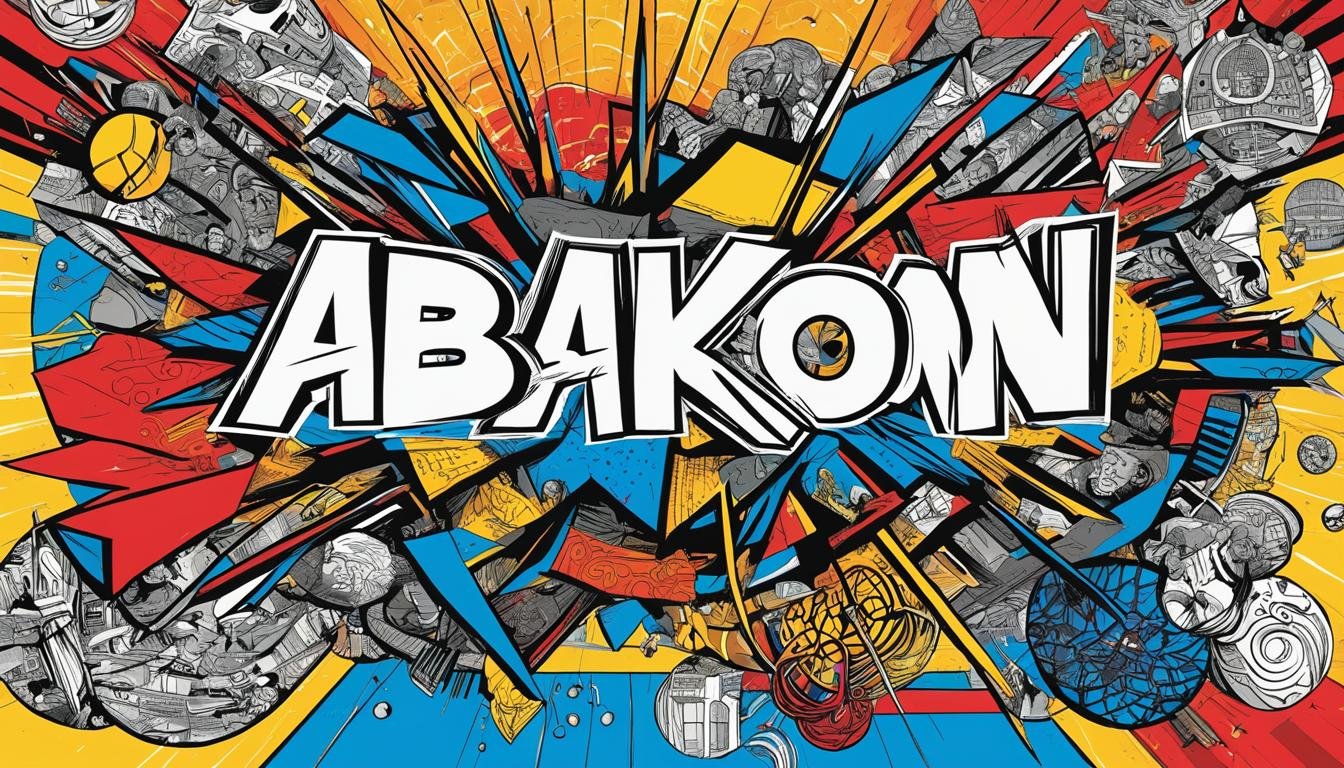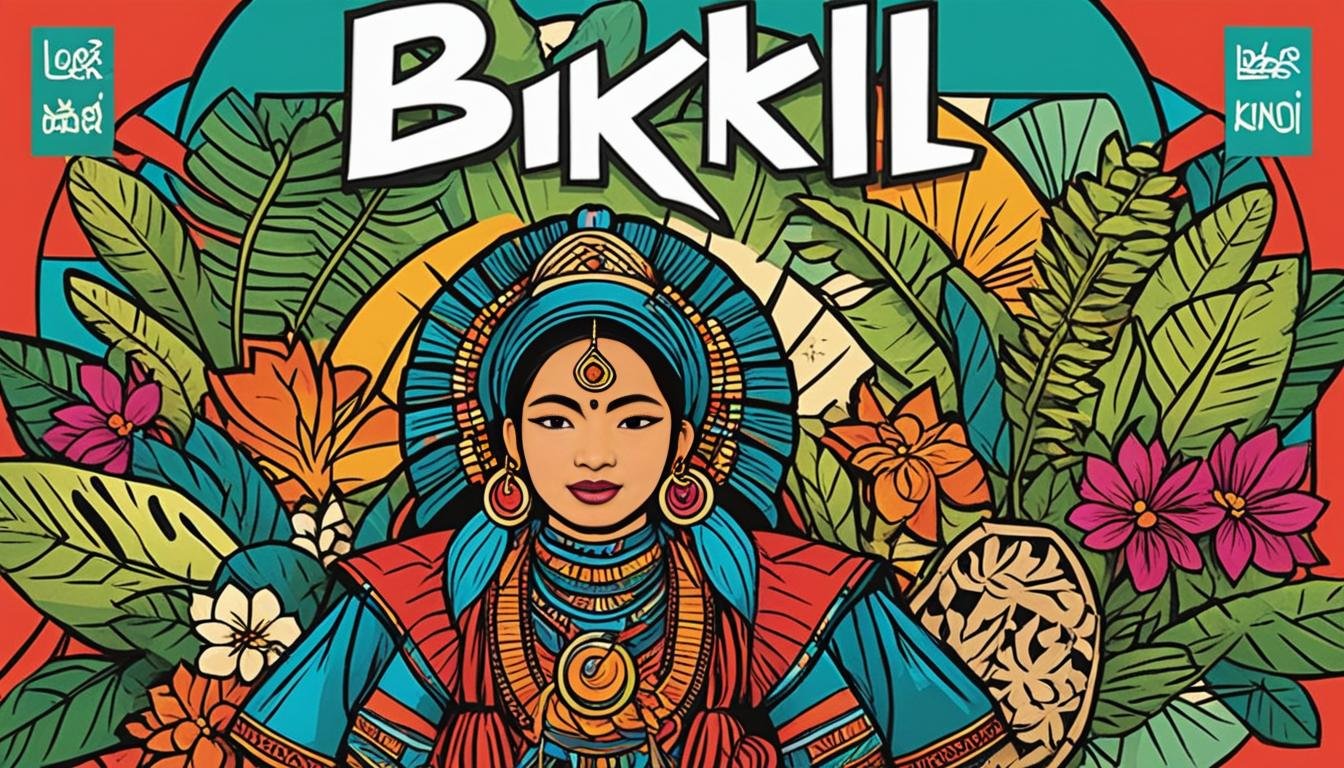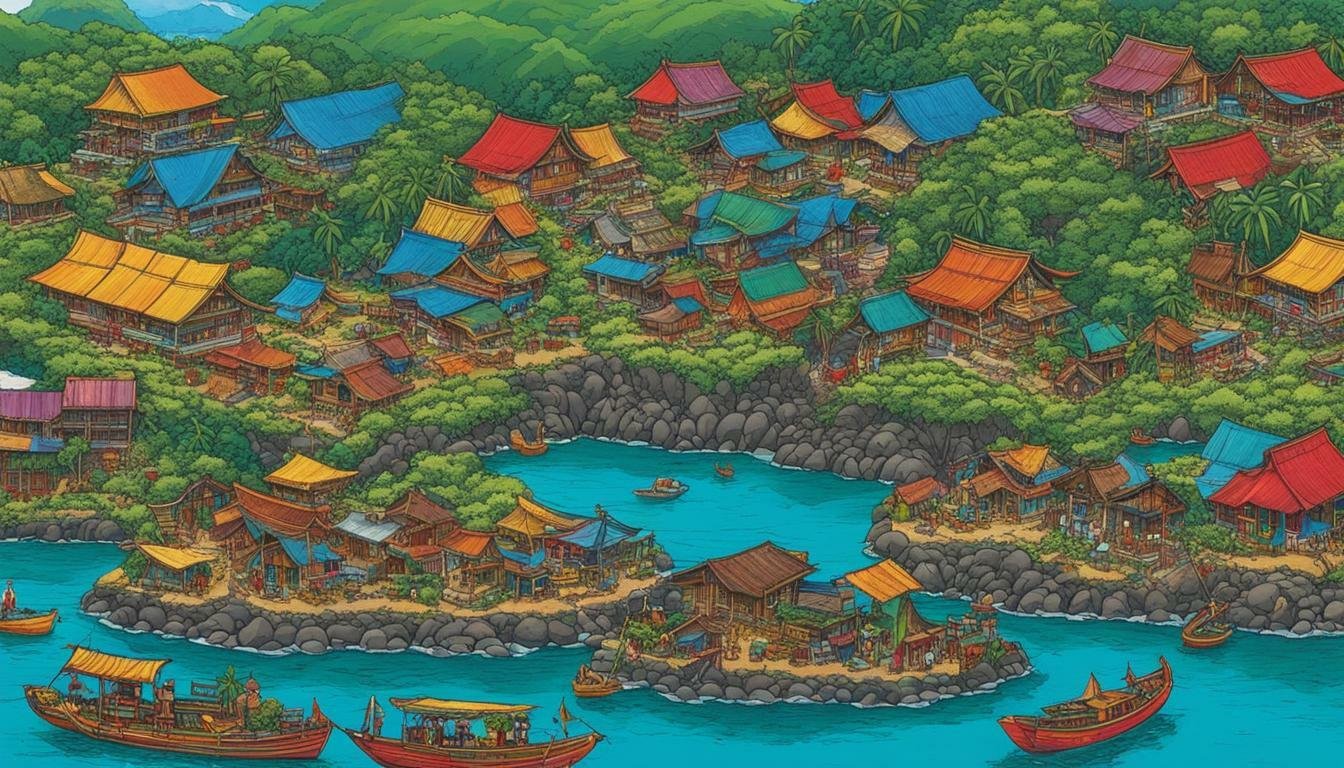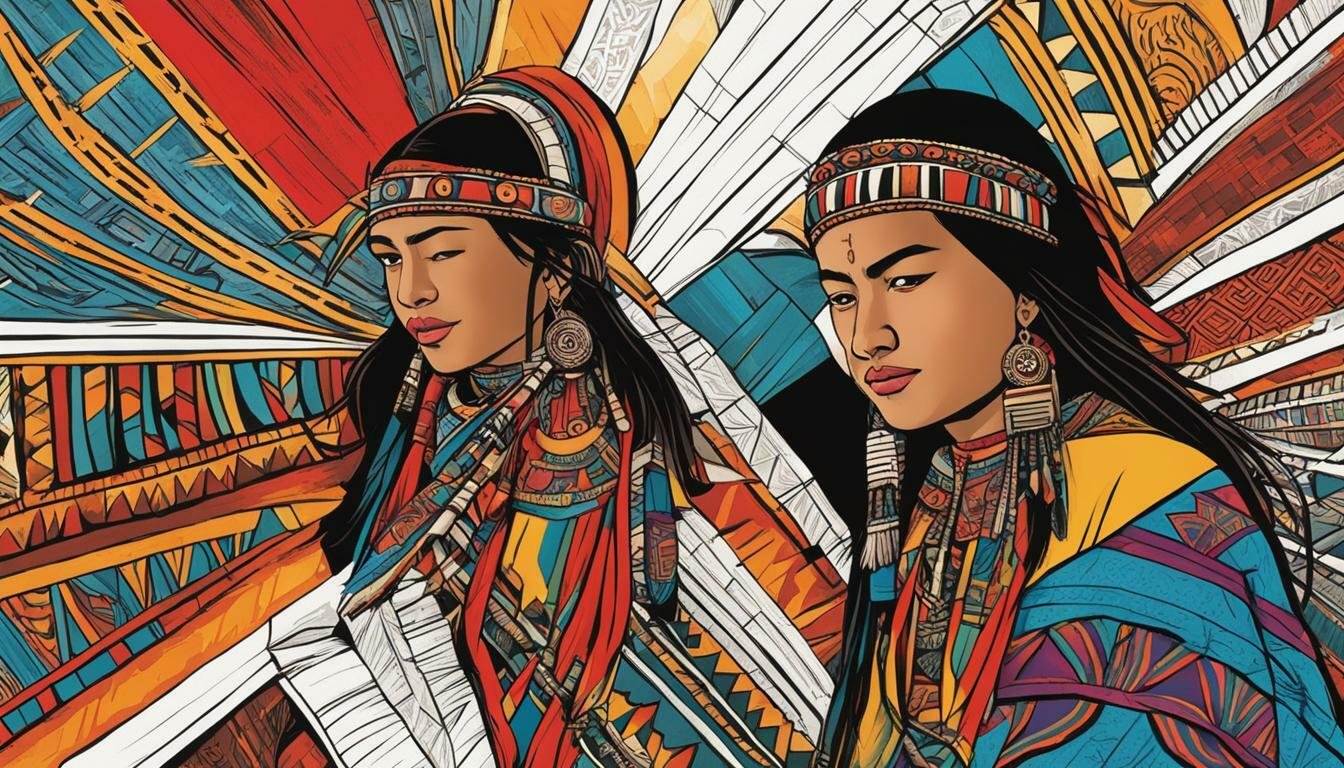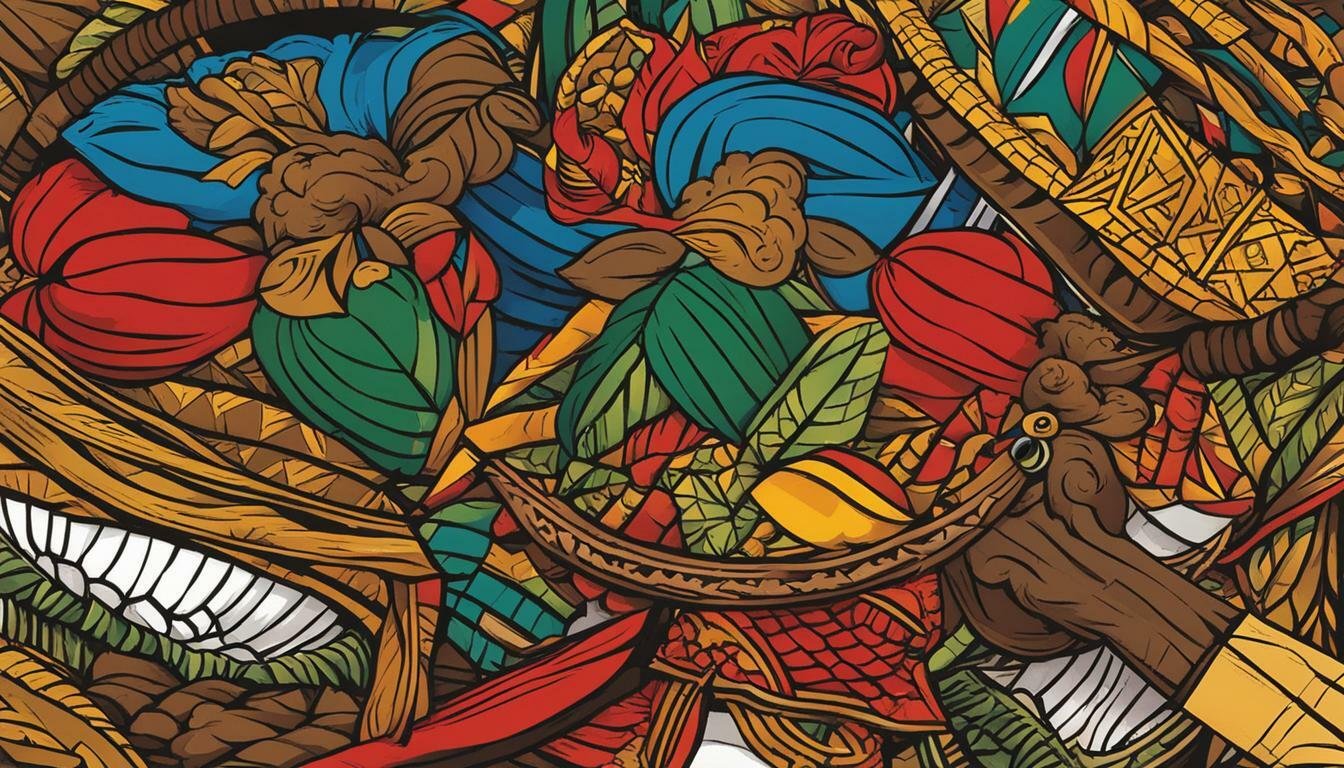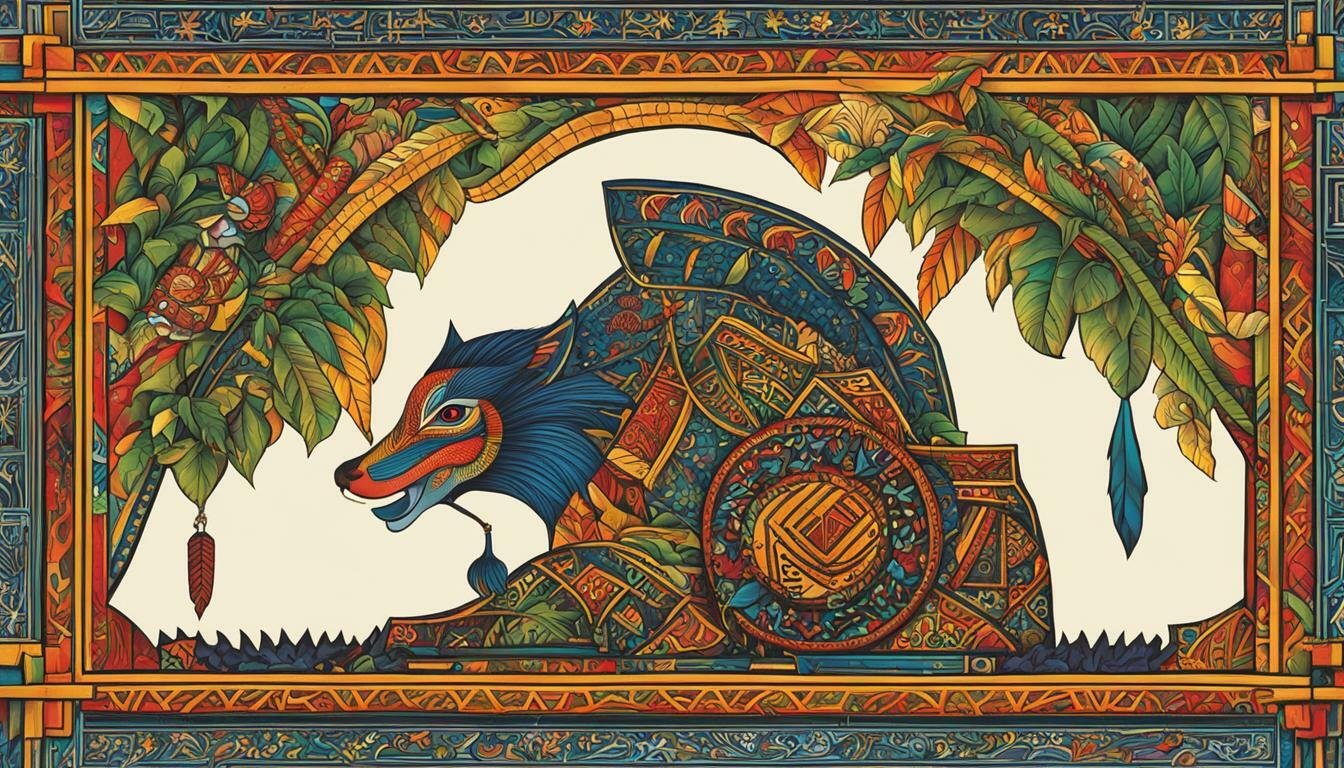The linguistic landscape of the Philippines is a vibrant tapestry woven from hundreds of distinct languages, each a repository of history, culture, and identity. Among these, the Abaknon language, spoken primarily by the people of Capul Island in Northern Samar, stands out due to its unique characteristics and intriguing historical connections. While geographically situated within…
Tag: Linguistic Diversity
Agta Language: Preserving the Linguistic Heritage of the Philippines
The archipelago known today as the Philippines is a tapestry woven from diverse cultures, histories, and, perhaps most profoundly, languages. With over 180 distinct languages spoken across its islands, the Philippines stands as a global hotspot for linguistic diversity. Yet, this rich heritage faces significant threats, with many of these languages teetering on the brink…
Bikol Language
The Bikol Language, often collectively referred to, represents a vibrant and complex group of languages spoken by the Bikolanos in the Bikol Region of the Philippines. Nestled primarily in the southeastern part of Southern Luzon, the Bicol Peninsula boasts a rich tapestry of history and culture, inextricably linked to its linguistic heritage. The story of…
Yakan Language of the Philippines
The tapestry of Philippine history is woven with threads of diverse cultures and languages, each telling a unique story of the archipelago’s past and present. Among these vibrant threads is the Yakan language, spoken by the Yakan people, primarily residing in the province of Basilan and parts of Mindanao in the southern Philippines. More than…
T’boli Language of the Philippines
The T’boli Language of the Philippines is far more than just a means of communication; it is a vibrant repository of the history, identity, and intricate cultural tapestry of the T’boli people. Residing primarily in the highlands around Lake Sebu and surrounding areas in South Cotabato, within the larger island of Mindanao, the T’boli are…
Suludnon Language of the Philippines
The archipelago nation of the Philippines is a tapestry of diverse cultures, each woven with its unique history, traditions, and languages. Among the many fascinating threads in this fabric are the Suludnon people, an indigenous group residing in the mountainous interiors of Panay island, specifically within the provinces of Iloilo, Capiz, and Antique in the…
Palaw’an Language of the Philippines
The Palaw’an Language of the Philippines stands as a vital linguistic and cultural treasure, spoken by the Palaw’an people, one of the numerous indigenous groups residing in the captivating island province of Palawan province. Beyond being merely a means of communication, the Palaw’an language is a living testament to centuries of history, adaptation, and cultural…
Manobo Language of the Philippines
The islands of the Philippines are a tapestry of cultures, histories, and, perhaps most strikingly, languages. Among the thousands of islands and the diverse peoples who inhabit them, the Manobo people of Mindanao stand out as custodians of a rich cultural heritage deeply intertwined with their linguistic identity. Central to this heritage is the Manobo…
Ivatan Language of the Philippines
The archipelago of the Philippines is renowned for its stunning natural beauty, vibrant culture, and perhaps most significantly, its incredible linguistic diversity. Scattered across its more than 7,000 islands are hundreds of distinct languages, each a repository of history, tradition, and unique ways of understanding the world. Among these is the Ivatan Language, spoken by…
Trilingual Philippines: Spanish, English, and Filipino – A Road Not Taken?
The Philippines stands out as a unique country where three languages—Spanish, English, and Filipino—have played pivotal roles in shaping its cultural and social fabric. This trilingualism is deeply rooted in the nation’s history, influenced by centuries of colonial rule and modern globalization. Spanish, introduced during over 300 years of colonization, left a lasting imprint on…

